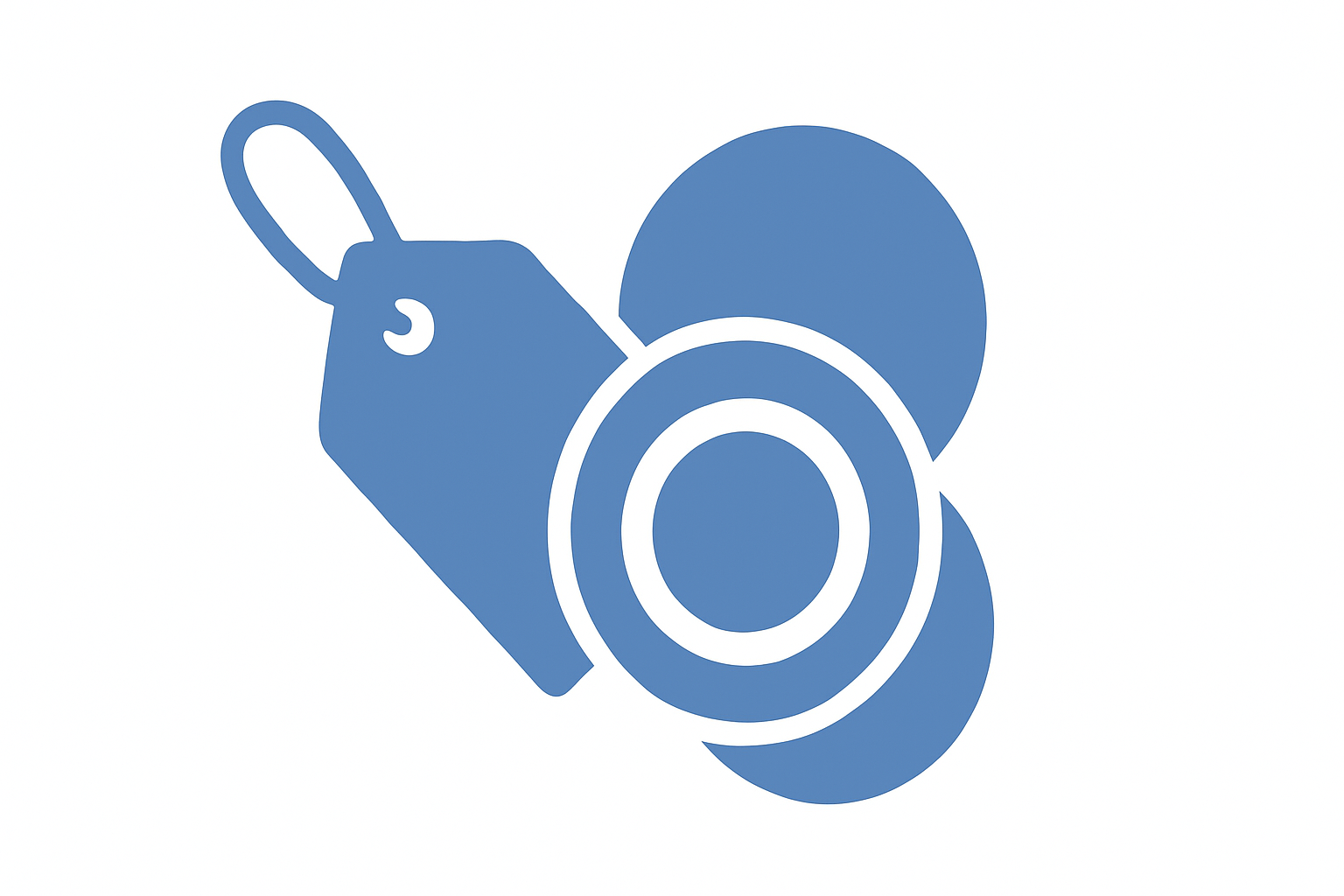📌 Quick Summary
1-Sentence Answer
You can trademark anything that uniquely distinguishes your brand—words, phrases, logos, sounds, colors—but generic or misleading terms, personal names, and scandalous stuff are a no-go.
The Article Overview
This guide breaks down what can and cannot be trademarked, answers the most common questions, walks you through practical steps, offers historical insight, real-world business examples, legal cases, and plenty of trademark trivia. If you've ever wondered why you can't trademark "sandwich" (but maybe can trademark "Subway"), this is for you.
❓ Common Questions & Answers
Q1: Can I trademark any word I make up?
Nope! While made-up words (like "Xerox") are strong trademarks, the USPTO still checks if anyone else is already using it for similar goods/services.
Q2: Are colors and sounds really trademarkable?
Yes! Think Tiffany Blue or the NBC chimes. But you need proof that consumers link that color or sound directly to your brand.
Q3: Can I trademark my full name?
Generally no. Surnames and common names are tough to trademark unless they’ve gained unique recognition in your industry.
Q4: Is it possible to trademark something generic like "Coffee Shop"?
Sorry, no. The USPTO won’t let you trademark generic or descriptive terms that everyone needs to use.
Q5: What happens if I accidentally use someone else’s trademark?
You might get a sternly worded letter—or worse, a lawsuit. Do your research before branding!
📜 Step-by-Step Guide
1. Brainstorm Unique Brand Elements:
Think words, logos, slogans, sounds, or even specific colors that represent your business. The quirkier and more original, the better!
2. Search USPTO and Google:
Make sure no one else is already using your big idea in a similar space. If your “one-of-a-kind” brand is everywhere, it’s not one-of-a-kind.
3. Check Distinctiveness:
Is your brand element generic, descriptive, suggestive, arbitrary, or fanciful? The more unique, the easier the process!
4. Avoid the Forbidden List:
No scandalous words, flags, presidential faces, or misleading names. And if your mark is “Coffee Shop,” just... don’t.
5. File an Application:
Head to the USPTO website or grab an attorney (hint: that’s us) to get things rolling.
6. Respond to Office Actions:
If the USPTO has questions, clarify or amend your application.
7. Maintain and Renew:
Even the best trademarks need periodic checkups. Keep them alive with timely renewals!
📖 Historical Context
The notion of trademarking isn’t just a modern legal quirk—it’s got roots deeper than your favorite dad joke. Trademarks have been used since ancient times to distinguish goods, with evidence dating back to Roman times when blacksmiths would stamp their swords with unique marks (imagine Gladiator, but with a copyright claim).
Fast forward to the Middle Ages: British bakers marked their loaves to avoid those “who-burned-the-bread” accusations. The Industrial Revolution saw an explosion of branded products and a need for legal protection as companies scrambled for consumer loyalty. That led to the first comprehensive trademark law in the UK, the 1875 Trade Marks Registration Act, quickly followed by others worldwide.
Today, trademarks are a global battleground. The United States established its first federal trademark law in 1870, but it was struck down—so Congress tried again in 1881, and we now have the Lanham Act (1946). The USPTO fields thousands of applications each week, from the mundane (“Super-Clean Toilet Cleaner”) to the ridiculous (“Let’s Get Ready to Rumble!”). And yes, you can trademark a smell... if you’re really dedicated (see Play-Doh’s scent registration!).
🏢 Business Competition Examples
-
Tiffany & Co.
The famous “Tiffany Blue” isn’t just a color—it’s a trademark. Tiffany even sues companies who get too close to its signature hue. -
Harley-Davidson
The company once tried to trademark the unique “potato-potato” engine sound. While the bid failed, it spotlighted the lengths brands will go to stand out. -
McDonald’s vs. Supermac’s
McDonald’s lost its EU trademark on “Big Mac” after an Irish fast-food chain proved they weren’t using it in key markets, showing even giants can lose trademark rights. -
UPS vs. Everyone Brown
UPS fiercely protects its use of the color brown in the shipping world. “What can brown do for you?”—just don’t try to copy their color palette!
💬 Discussion Section
Let’s clear the fog around what can and cannot be trademarked—a crucial point for any founder, small business, or world-dominating future unicorn.
What Can Be Trademarked? The USPTO will generally approve trademarks that serve as unique identifiers of source—think names, logos, slogans, sounds, colors, even shapes. Distinctiveness is the name of the game. "Fanciful" marks (completely made-up words, like "Kodak") or "arbitrary" marks (real words used in weird ways, like "Apple" for computers) are the strongest, followed by "suggestive" (hints at the product, like "Coppertone" for suntan lotion). The more your mark stands out, the more likely you’ll win protection.
What Cannot Be Trademarked? The forbidden list is long and strangely specific:
-
Generic Terms: If you’re selling apples, you can’t trademark “Apple.”
-
Descriptive Marks: “Crunchy Granola” is too descriptive for granola bars—unless you prove it’s famous.
-
Surnames: Sorry, “Smith’s Plumbing” is a hard sell unless you’re, say, the only Smith in town.
-
Geographical Terms: You can't lock down “New York Bagels” for your bagel shop (unless it’s become your established brand).
-
Scandalous or Deceptive Stuff: The USPTO is not here for your edgy or misleading marks.
-
National Flags, Presidential Faces, Government Seals: Don’t even think about trademarking the Statue of Liberty.
-
Already Registered/Confusingly Similar Marks: If there’s a risk customers will think your lemonade stand is actually Beyoncé’s, you’re out of luck.
Trademark law isn’t about rewarding clever names; it’s about protecting consumers from confusion and helping businesses build brand equity. The best trademarks—think “Nike,” “Google,” “Lego”—are empty vessels that the company fills with meaning through use and advertising.
Finally, remember: registration isn’t required to claim trademark rights, but it’s your best protection. If you want the legal muscle to send those intimidating “cease and desist” letters, get your mark registered and keep up those renewals!
⚖️ The Debate
Pro-Registration Side:
Registering a trademark is essential for protecting your brand, enabling you to stop copycats, expand nationally, and boost business value. It grants legal leverage and peace of mind.
Skeptic Side:
Some small businesses don’t need formal registration—common law rights exist just by using the mark. Registration can be costly, and not every brand element needs federal protection.
✅ Key Takeaways
-
Only distinctive words, phrases, logos, sounds, and colors are eligible for trademark protection.
-
Generic, descriptive, scandalous, or misleading elements are NOT trademarkable.
-
Strong trademarks are unique, memorable, and unrelated to the actual product/service.
-
Registration with the USPTO strengthens your rights, but not every mark requires it.
-
Always check for existing marks before branding—copycatting can get expensive!
⚠️ Potential Business Hazards
-
Using a generic or already-trademarked mark can lead to legal battles and rebranding costs.
-
Failing to renew your trademark can result in losing your rights—forever!
-
Ignoring international trademark rules risks losing your brand overseas.
-
Choosing a weak or descriptive trademark makes enforcement nearly impossible.
❌ Myths & Misconceptions
-
“If I register a domain name, I own the trademark.”
Nope. Domains and trademarks are separate. -
“Any word can be trademarked.”
Not unless it’s distinctive and available! -
“Once registered, it’s mine forever.”
Only if you keep using and renewing it. -
“I can trademark my surname.”
Rarely, unless it’s super famous in your industry. -
“I don’t need a lawyer.”
Let’s just say, the USPTO has a lot of fine print.
📚 Book & Podcast Recommendations
-
Podcast: The Brand Lawyer Podcast
-
Book: Trademark: Legal Care for Your Business & Product Name by Stephen Fishman
-
Podcast: IP Fridays
⚖️ Legal Cases
-
Qualitex Co. v. Jacobson Products Co.
Read Case
Upheld that a color (green-gold for dry cleaning pads) can be trademarked. -
Matal v. Tam
Read Case
Ruled that the government can’t refuse to register trademarks on the grounds they are disparaging. -
Zatarains, Inc. v. Oak Grove Smokehouse, Inc.
Read Case
Clarified distinctions between descriptive and suggestive marks. -
McDonald’s Corporation v. Supermac’s
Read Case
EU court stripped McDonald’s of the “Big Mac” trademark for non-use.
📣 Expert Invitation
Have a question about trademarks, or just want to chat IP law with someone who won’t bill you in six-minute increments?
Visit Inventive Unicorn and schedule your free consultation today!
🔚 Wrap-Up Conclusion
Understanding what you can and cannot trademark is a must for any entrepreneur with dreams bigger than their coffee mug. Focus on distinctive, memorable branding elements—and don’t waste time chasing trademarks on generic, scandalous, or presidential things. Protect your business, avoid rookie mistakes, and, when in doubt, call an expert (like us). Go forth and brand boldly!











